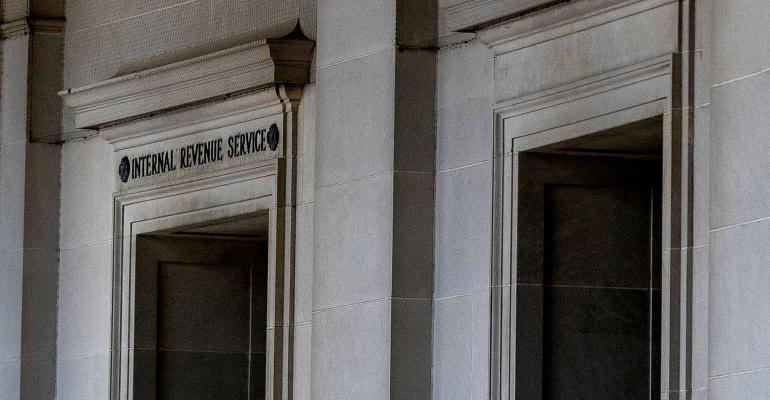With popularity comes critique, and that’s certainly true for donor-advised funds. But don’t steer your clients away from one of the most effective tools for charitable giving due to regulatory uncertainty. There’s a long road ahead as lawmakers and regulators try to grasp the reality of DAFs and distinguish fact from fiction.
In mid-November, the Treasury Department and Internal Revenue Service proposed regulations fundamentally redefining DAFs, and by the close of the comment period on Feb. 15, more than 100 individuals and organizations had submitted comments expressing their concerns. The feedback ranged from puzzlement that specific arrangements among donors, advisors and DAF sponsoring organizations could be treated as DAFs, to fear of the potential negative impact regulations like these could have on charitable giving as a whole.
Now that the comment period on this proposed regulation has closed, we expect officials at Treasury and IRS to spend the next few months digesting the letters they received, comparing them to current law and practice and deciding next steps. Will they substantively change the proposed regulations or only tweak at the margins? Given the volume of opposition and concern with the regulations, and indications from Treasury officials that these were written broadly and meant to be narrowed, it would be surprising if they choose the latter. But the government has surprised us all before.
New Data
Fortunately for the DAF world, new data were also released last week that rebut the negative premises about DAFs underpinning the proposed regulations and underscore the flexibility and efficiency of the giving vehicle. In the largest fund-level study of DAFs, researchers with the DAF Research Collaborative found promising trends that not only point to high payout rates and rapid response but also to how the use of DAFs evolves over their lifespan. As Treasury and IRS consider how broadly to define the types of arrangements subject to statutory penalties, these new data will serve as a good reminder about how DAFs work and who will be impacted by new rules.
What’s Next?
The looming question now is, what’s next?
Well, these aren’t the only topics Treasury and IRS is set to confront in the DAF space. In late 2017, the Treasury Department put out a notice signaling their intent to write more regulations around other uses of DAFs, including pledges and bifurcation, the use of DAFs by private foundations and the use of DAF gifts to meet the public support test for public charity status. Since the notice, the Treasury Department has been quite busy with other agenda items, and we haven’t seen any progress. However, we could see this next round of proposed regulations soon in an effort by the Treasury to solicit even more feedback from the sector before finalizing any regulations impacting the giving vehicle. Should that be the case, we’ll likely see another round of impressive responses, from DAF sponsoring organizations and the donors who use them as well as the grantees and other nonprofits affected by the rules.
While the executive branch continues its rulemaking effort, we could also see Congress attempt to make changes to DAFs and how they’re taxed. In 2021, Senators Angus King (I-ME) and Charles Grassley (R-IA) introduced the Accelerating Charitable Efforts (ACE) Act, which would have made numerous adverse changes to charities and charitable giving, including imposing new payout requirements on DAFs and limits to the deductibility of gifts to them. The bill landed with a bit of a thud, not gaining more than one additional cosponsor in the Senate, largely due to the lack of evidence supporting the need for such extensive changes to philanthropy. While new or modified attempts to reform DAFs and other philanthropic vehicles may be made this year, the election year will prove difficult for any legislation to move beyond what’s required to keep the government functioning. Nevertheless, DAF stakeholders will need to push back on these types of proposed reforms with legal arguments, evidence and data to prevent federal policymakers from irreparably harming the fastest growing charitable giving vehicle in the United States.
There’s a compelling story to tell as policymakers consider “what’s next” for DAFs, and their continued use and impact will help make that story stronger.





